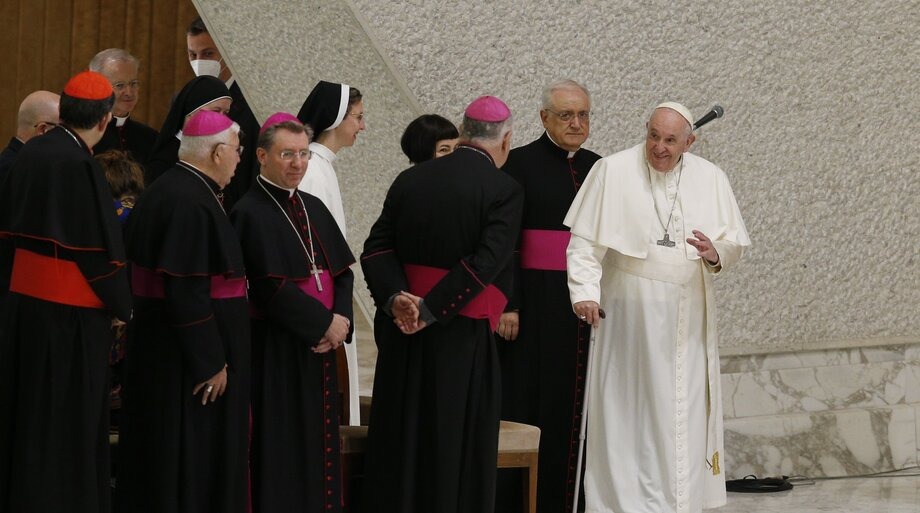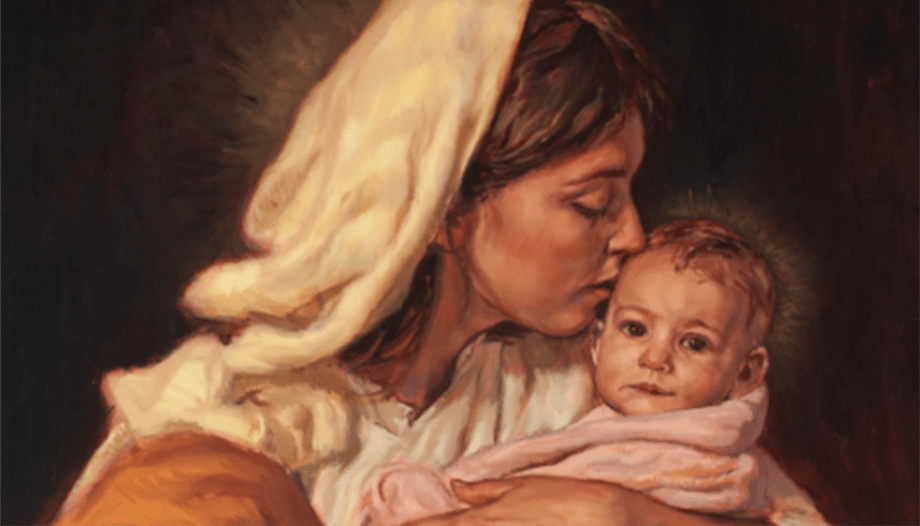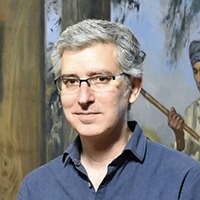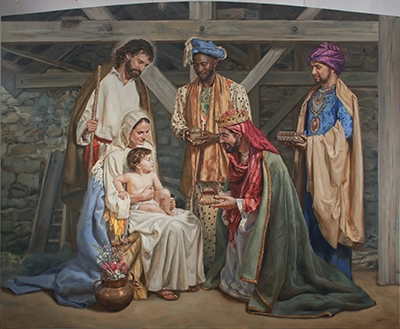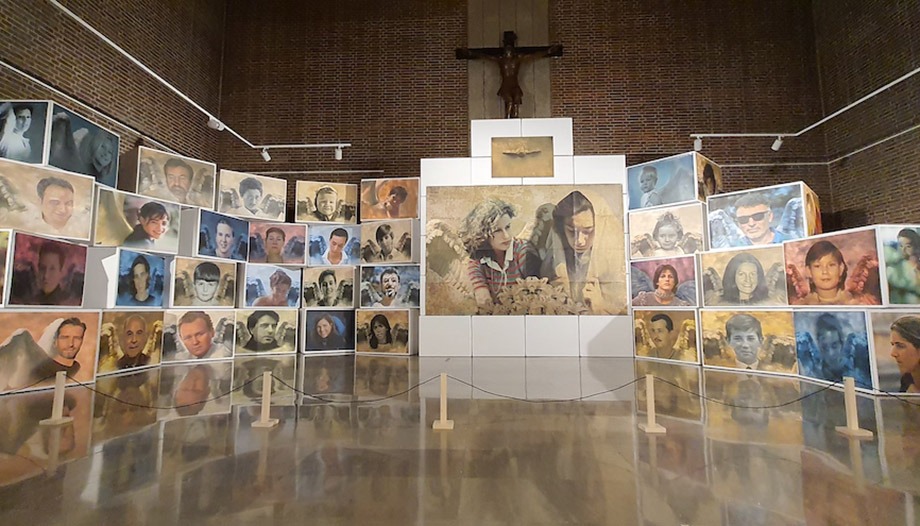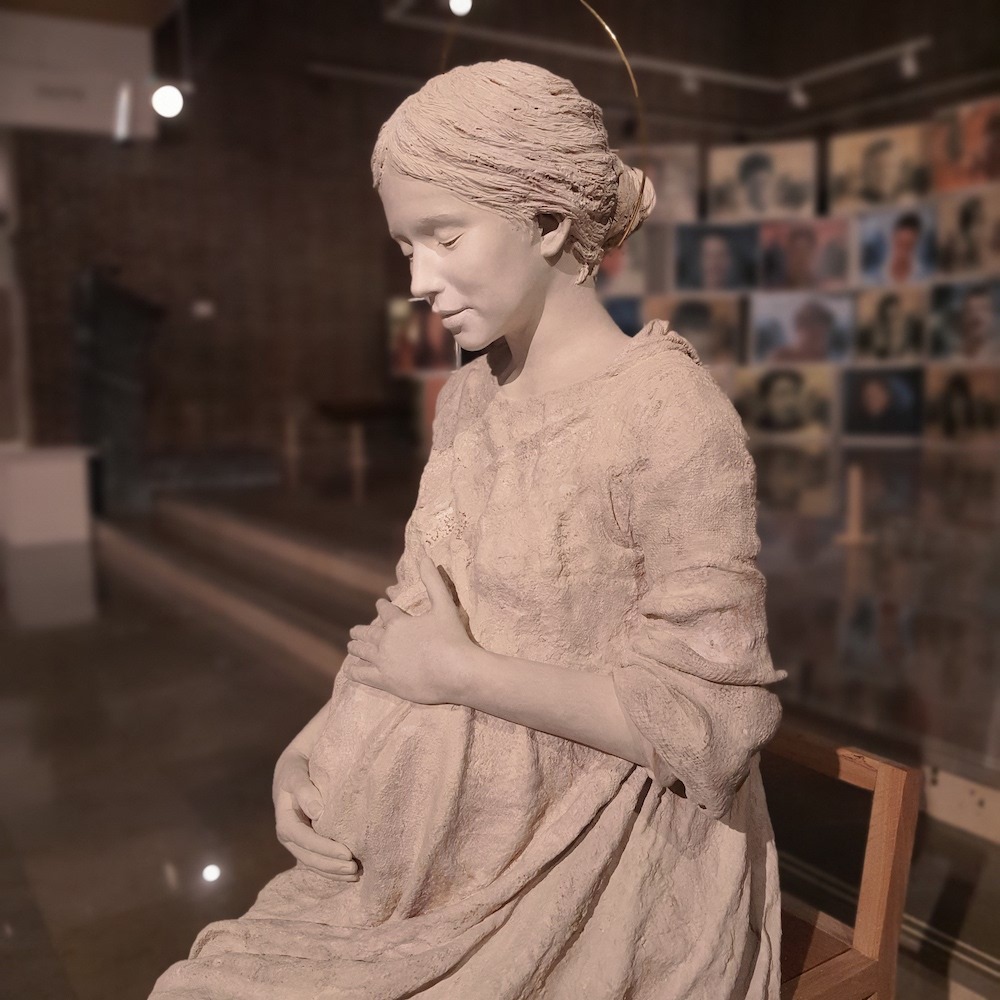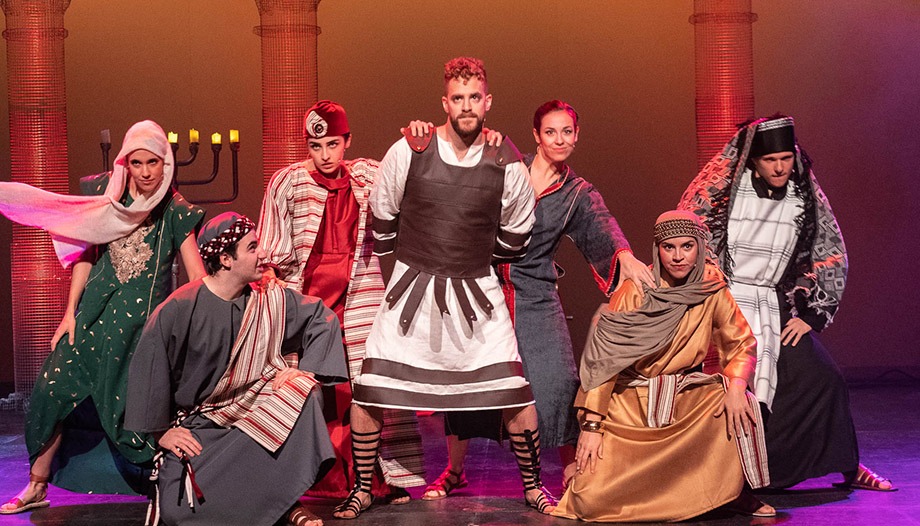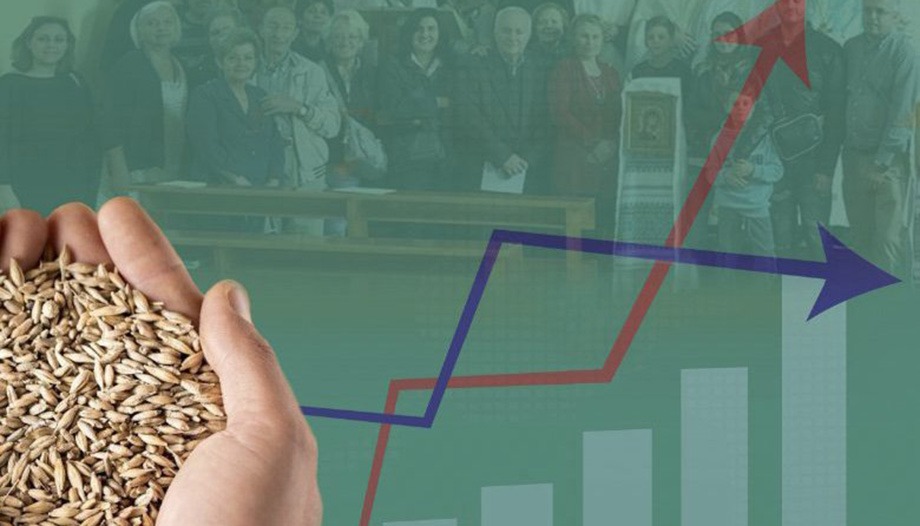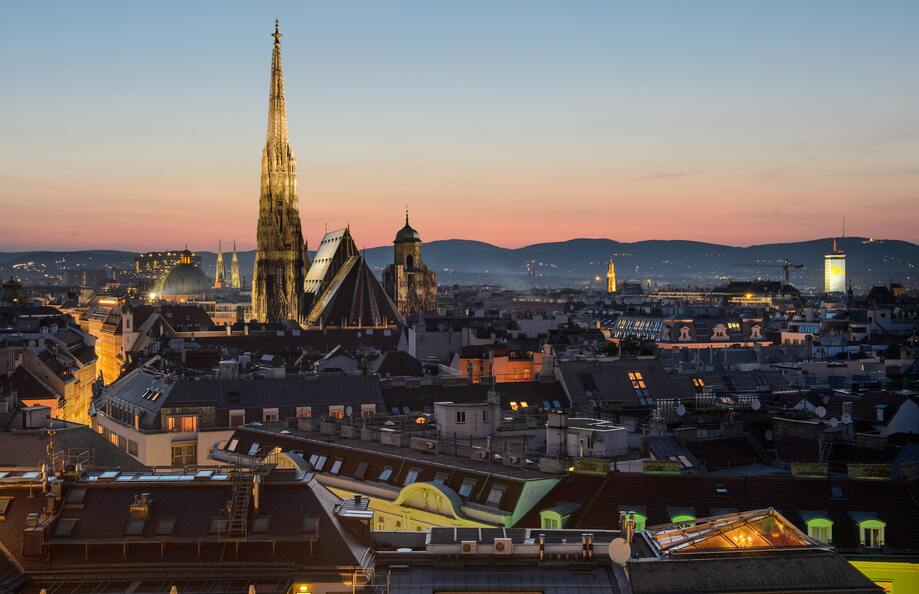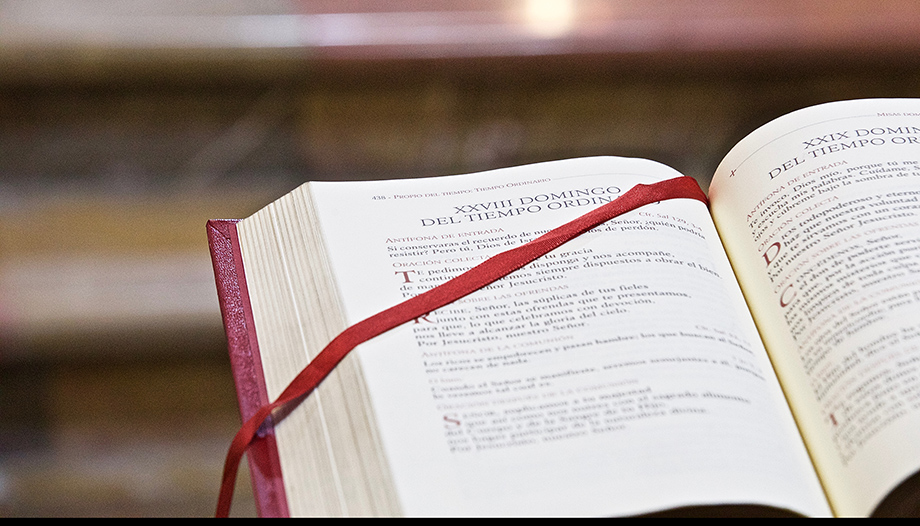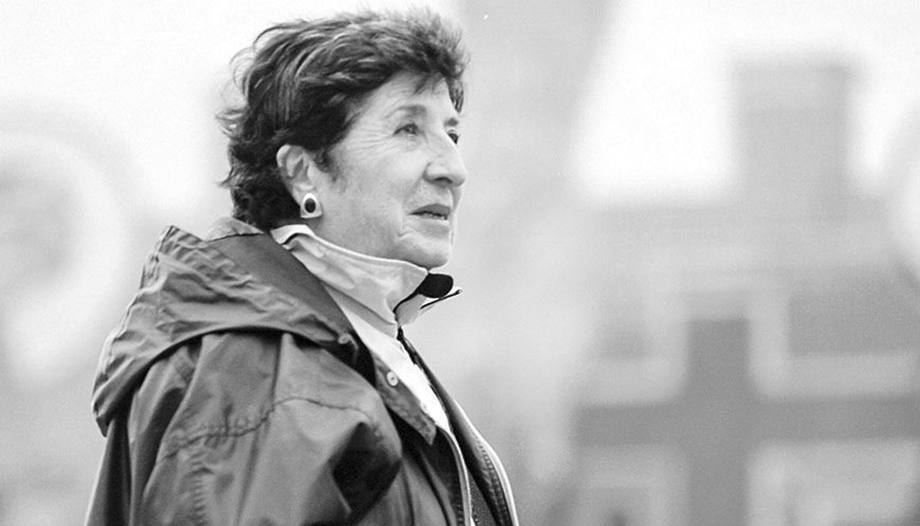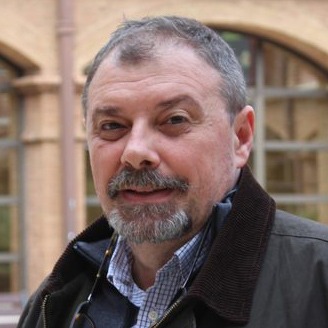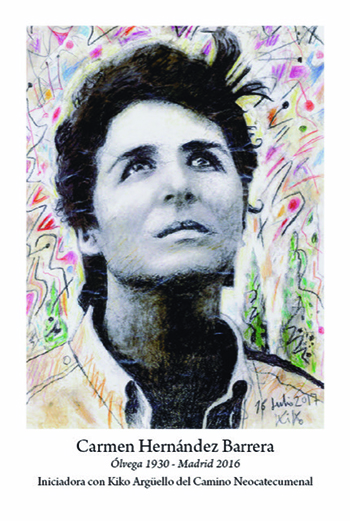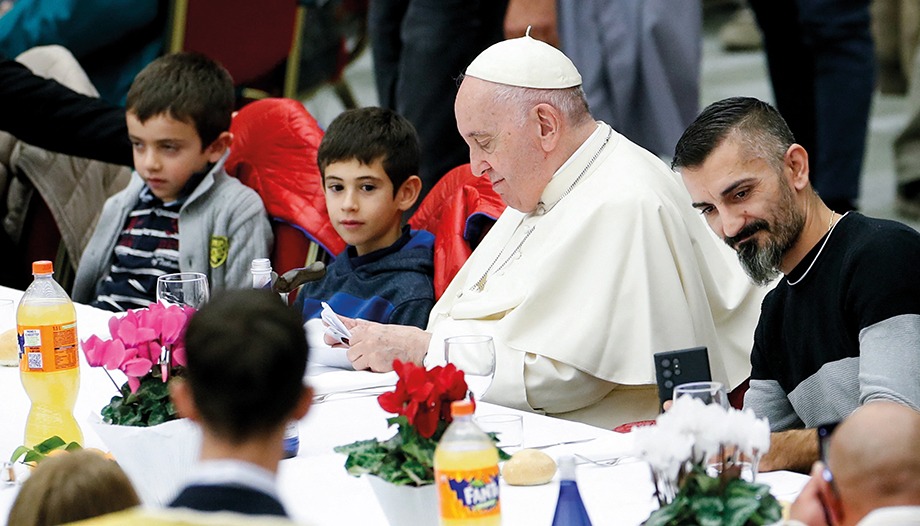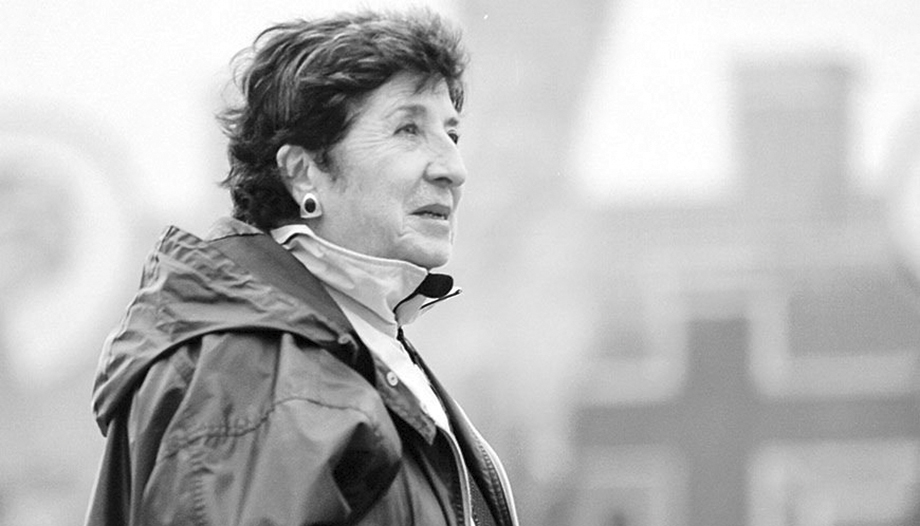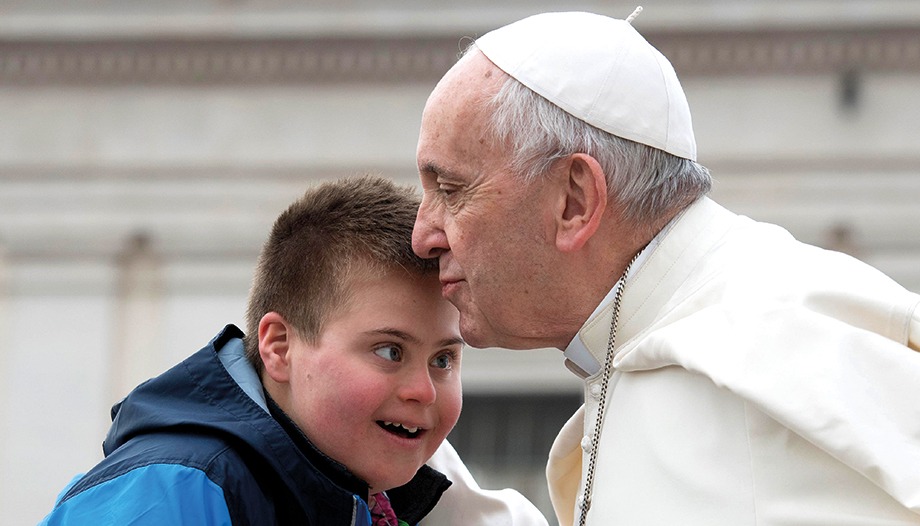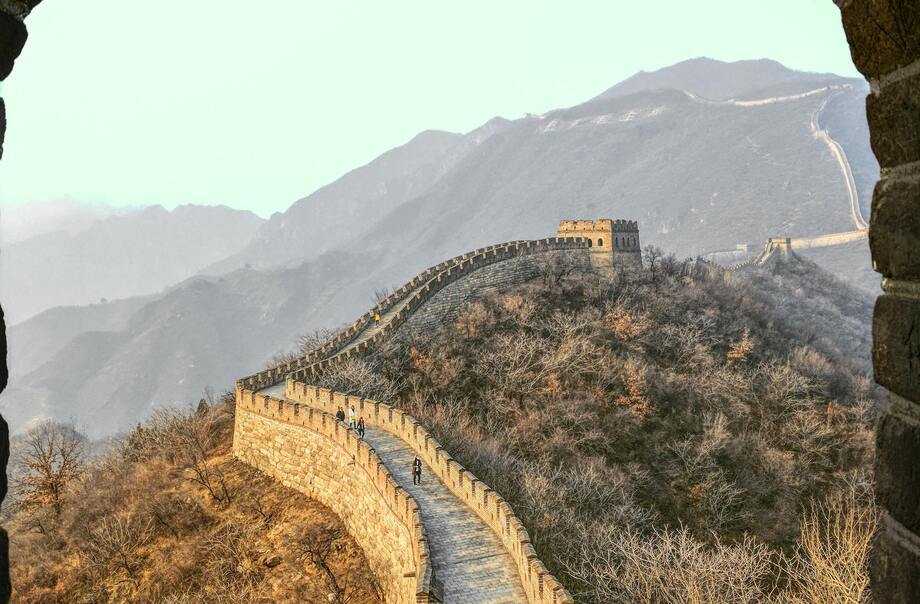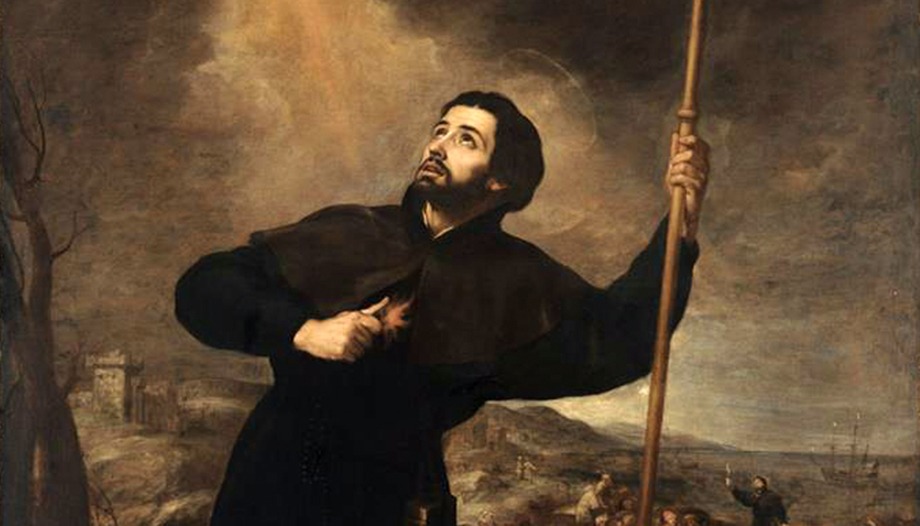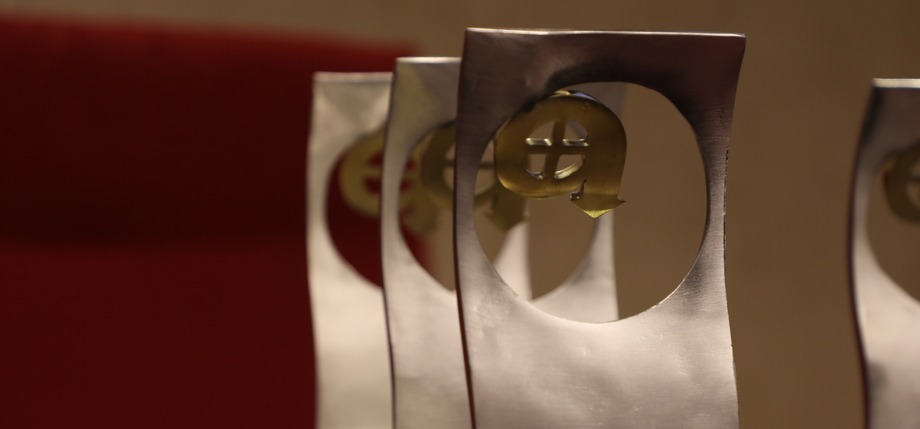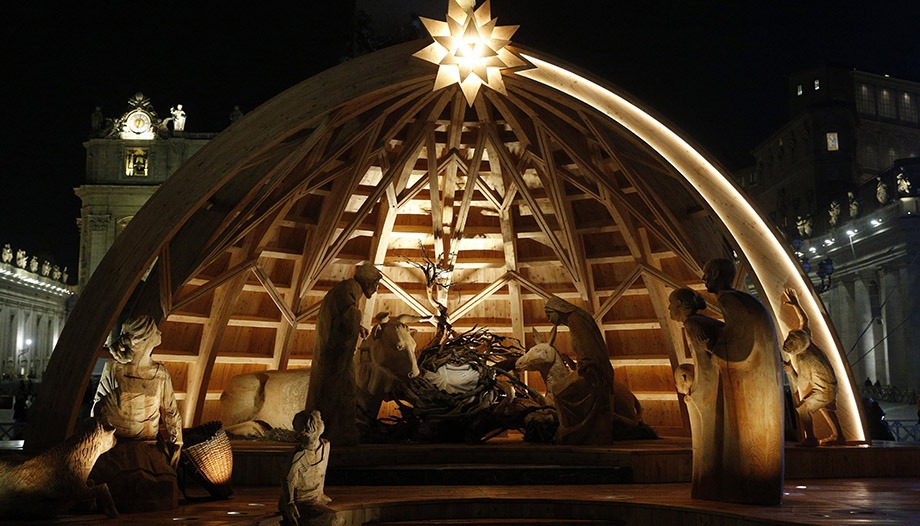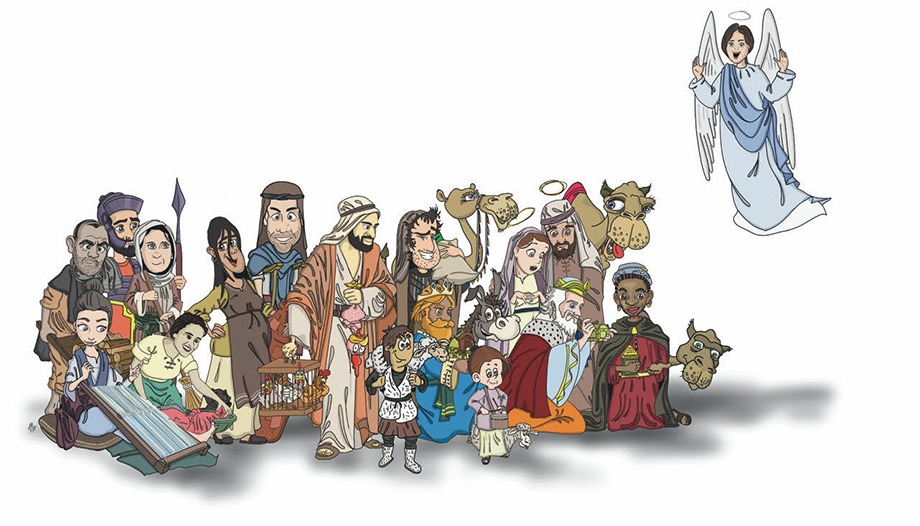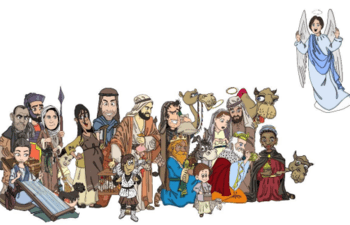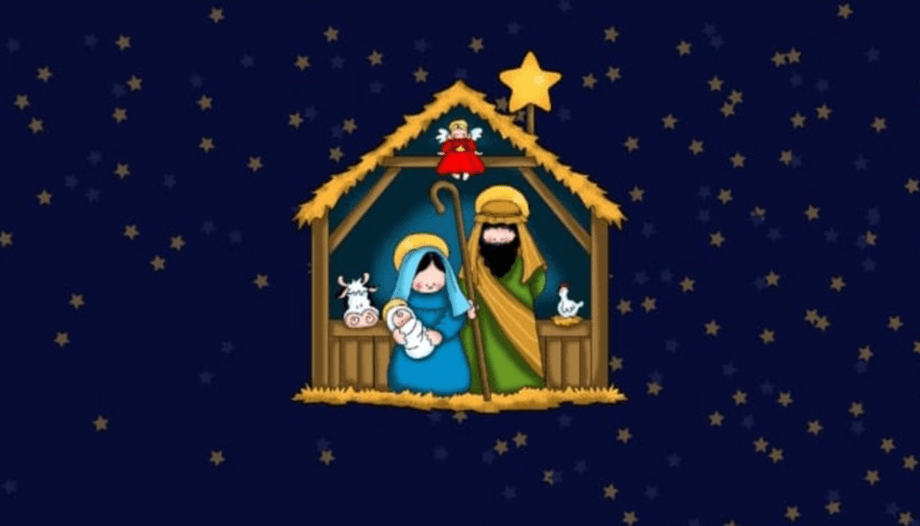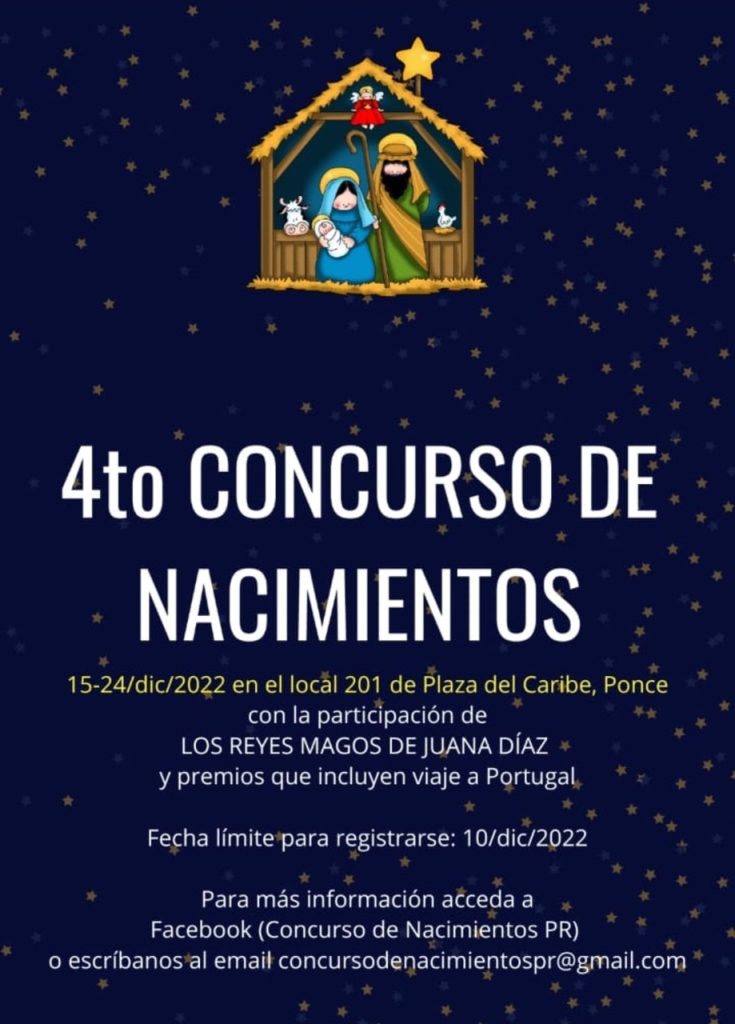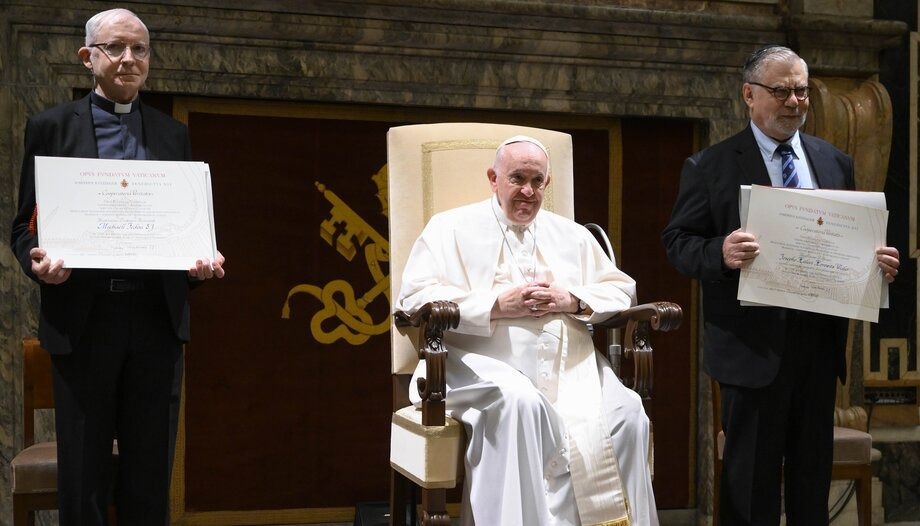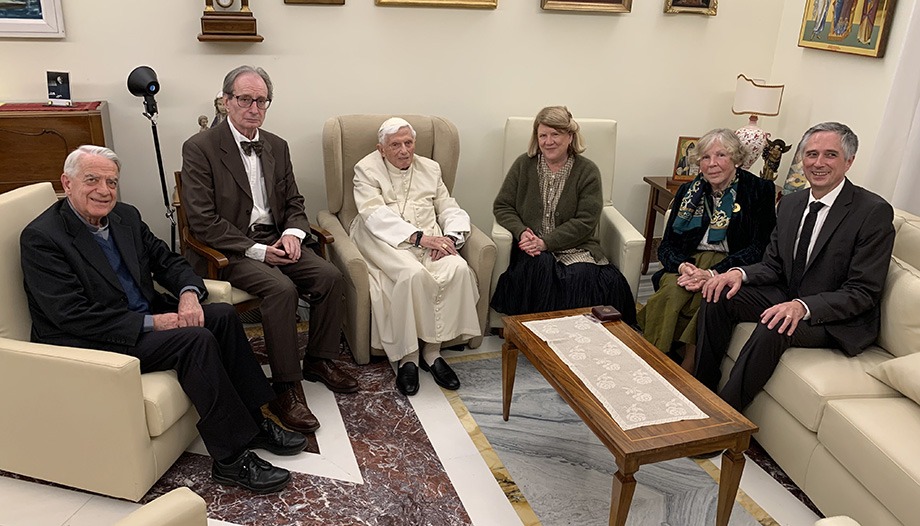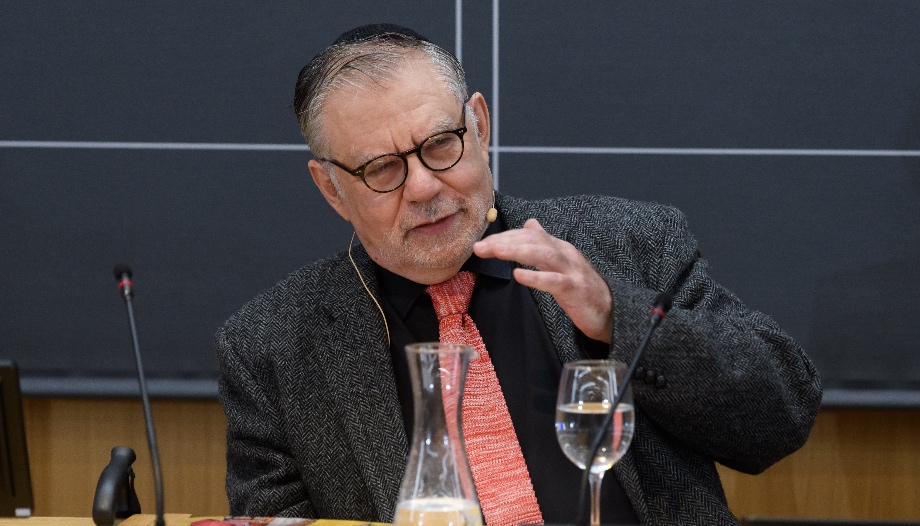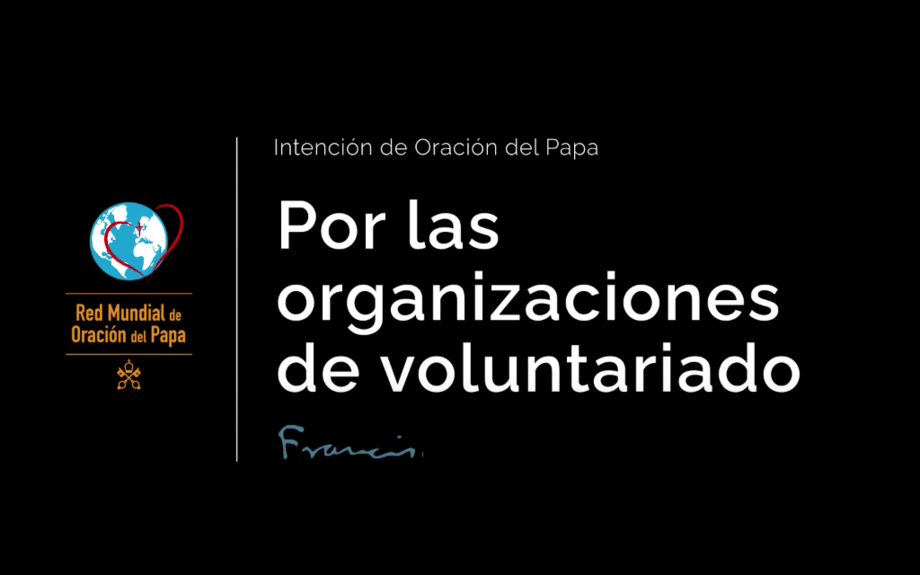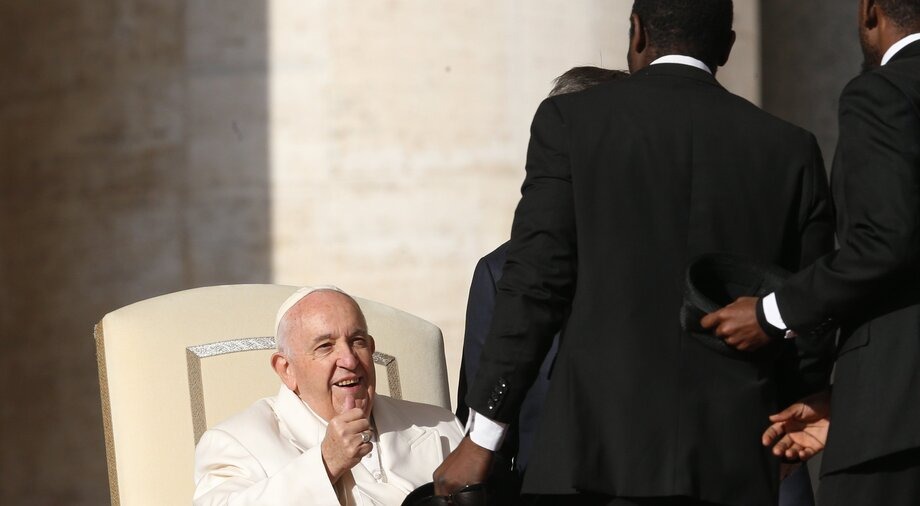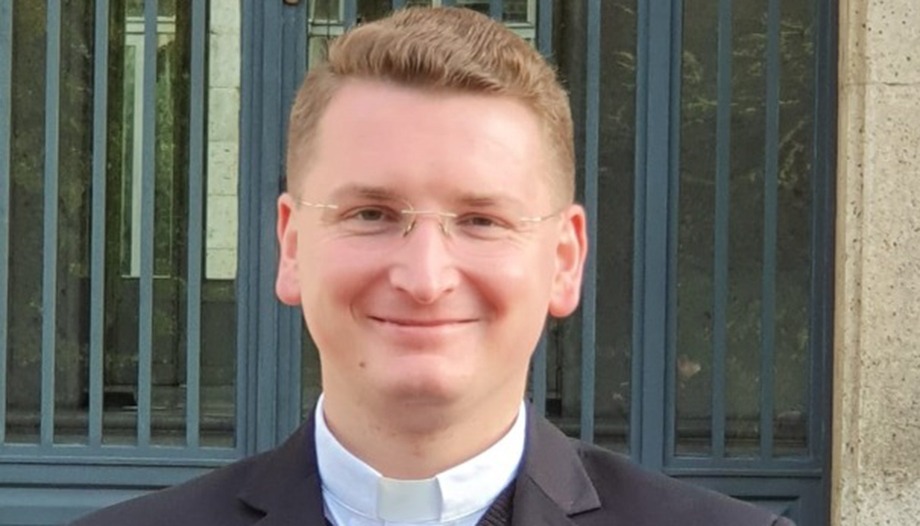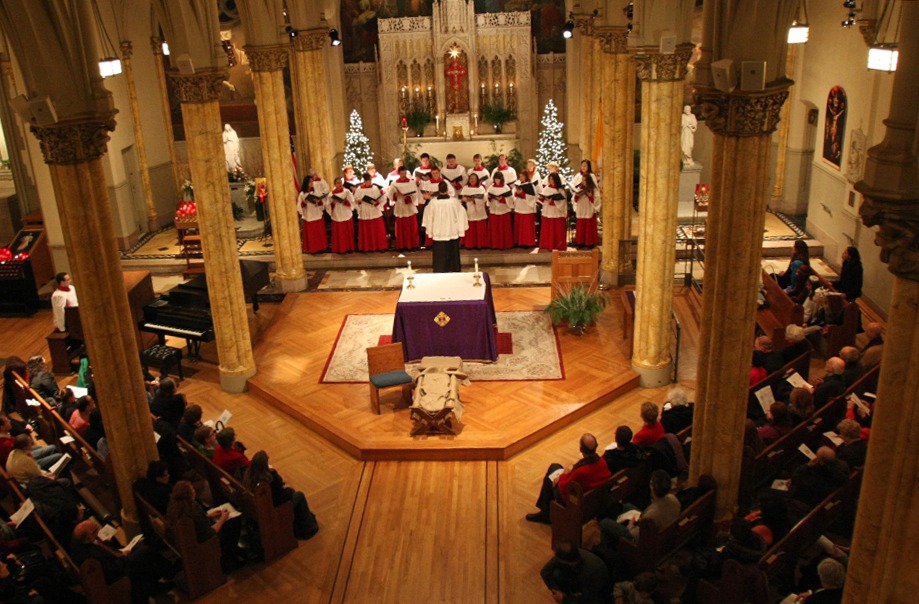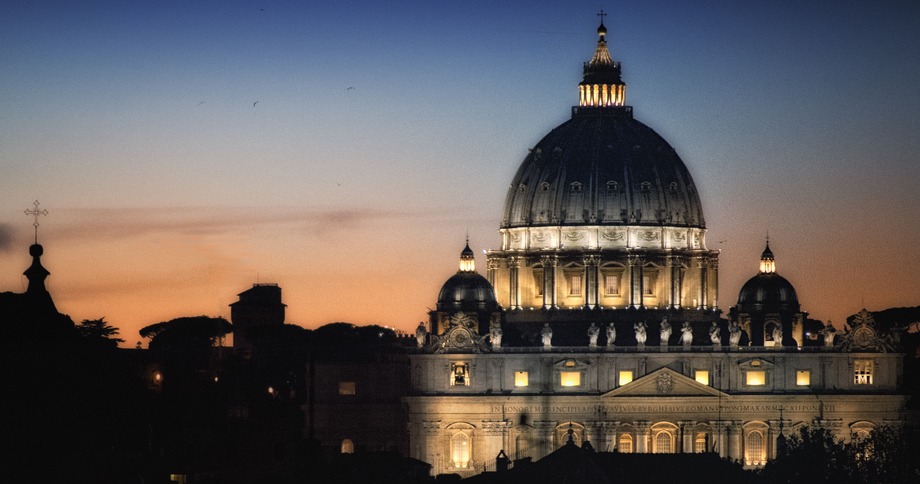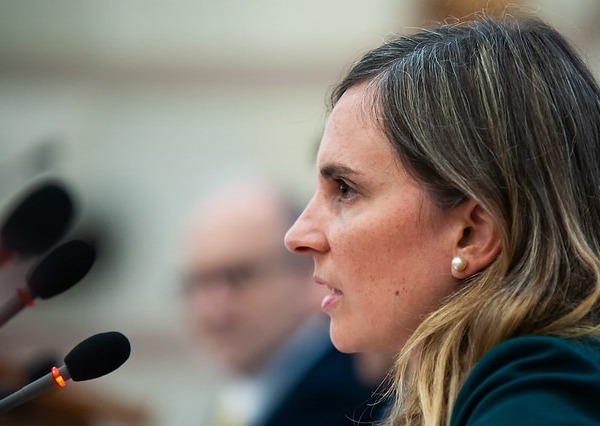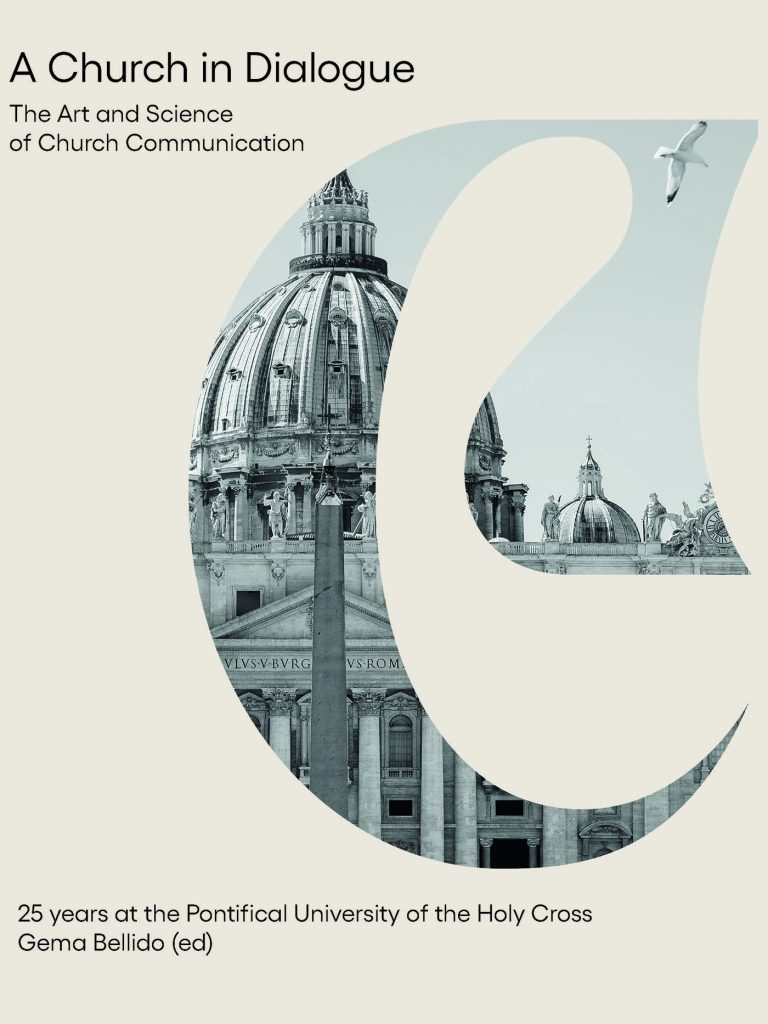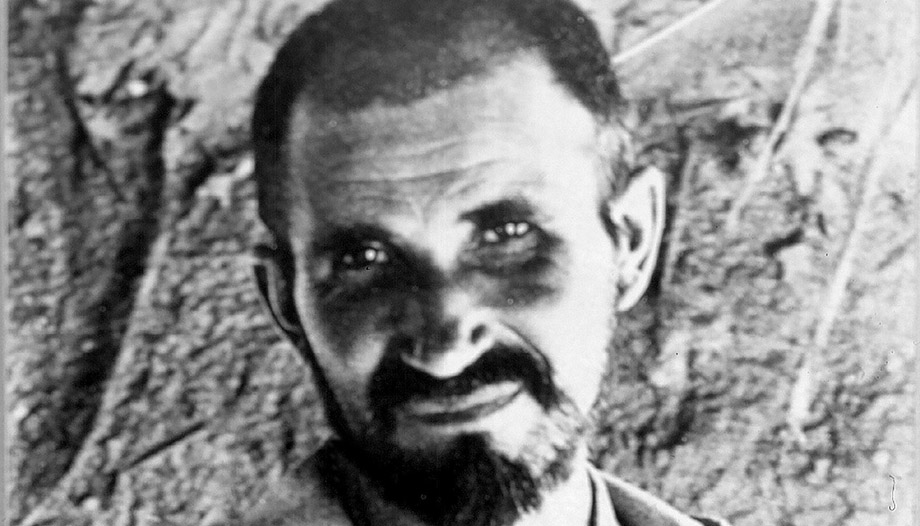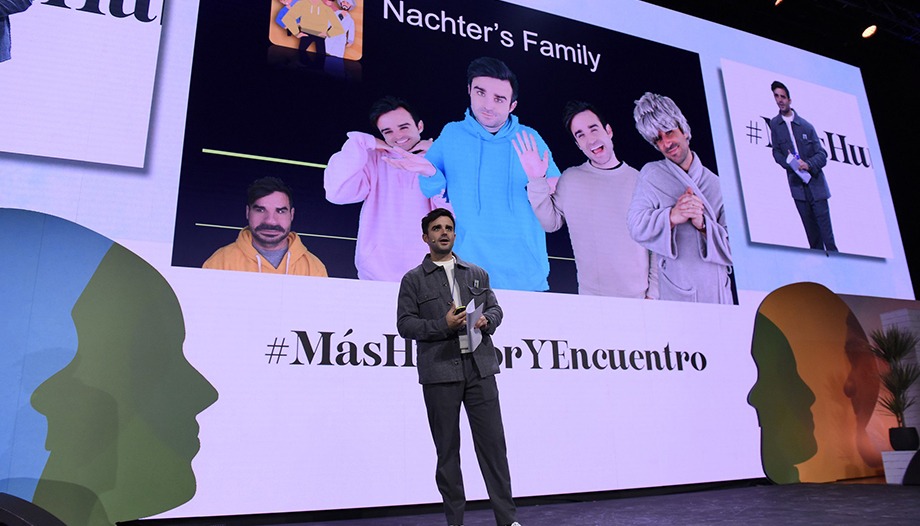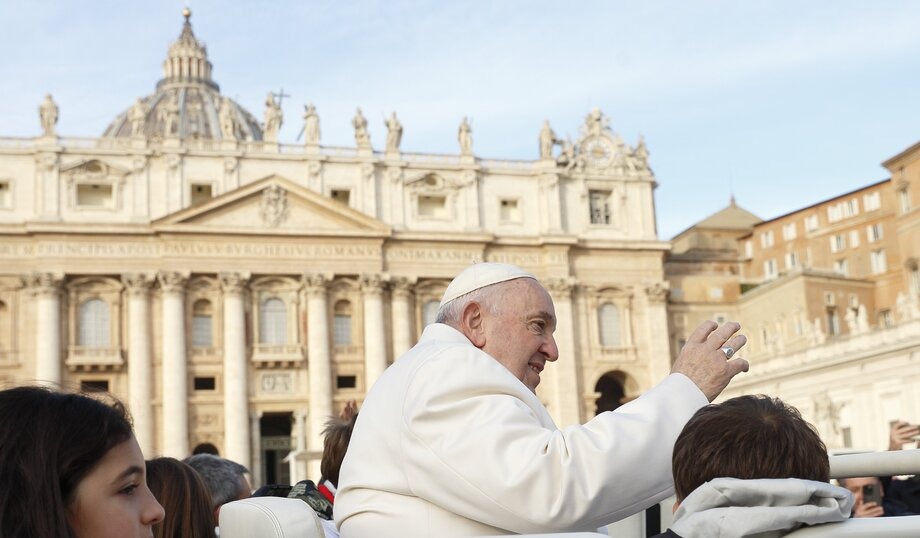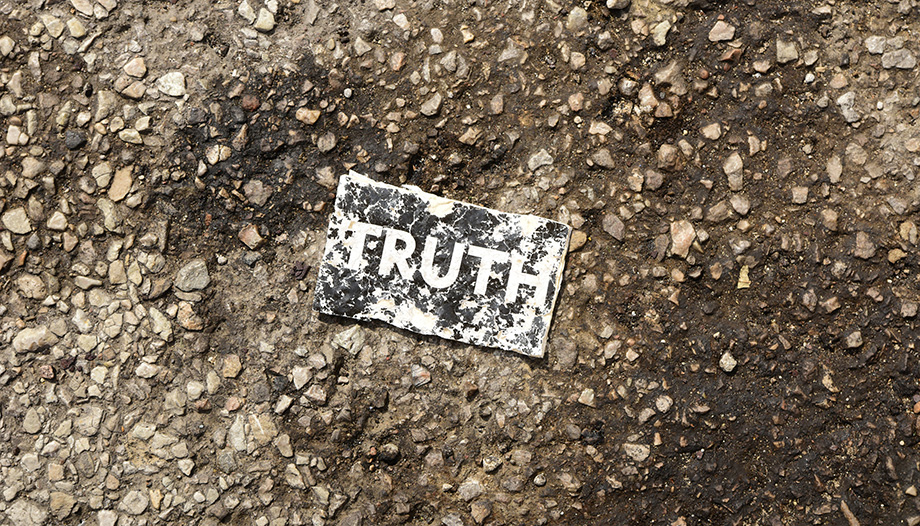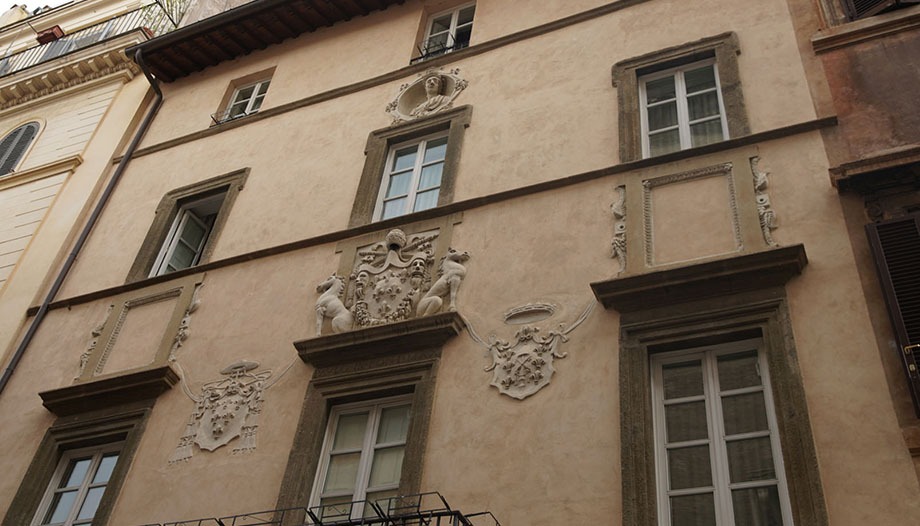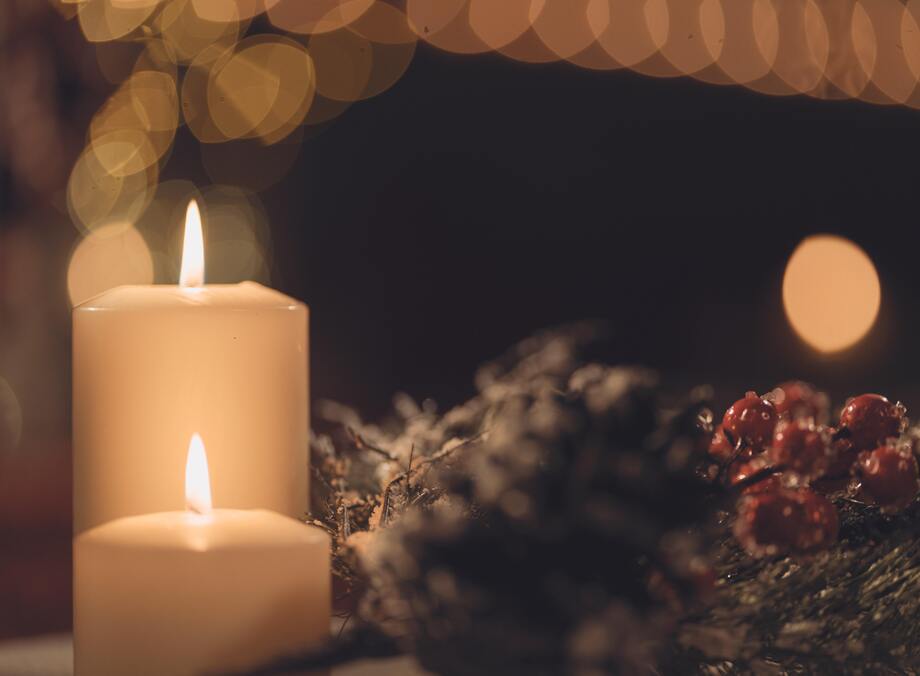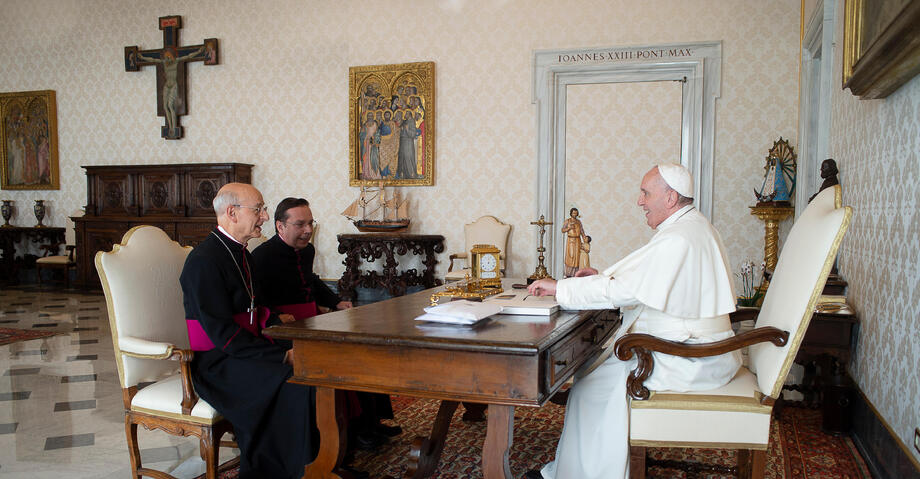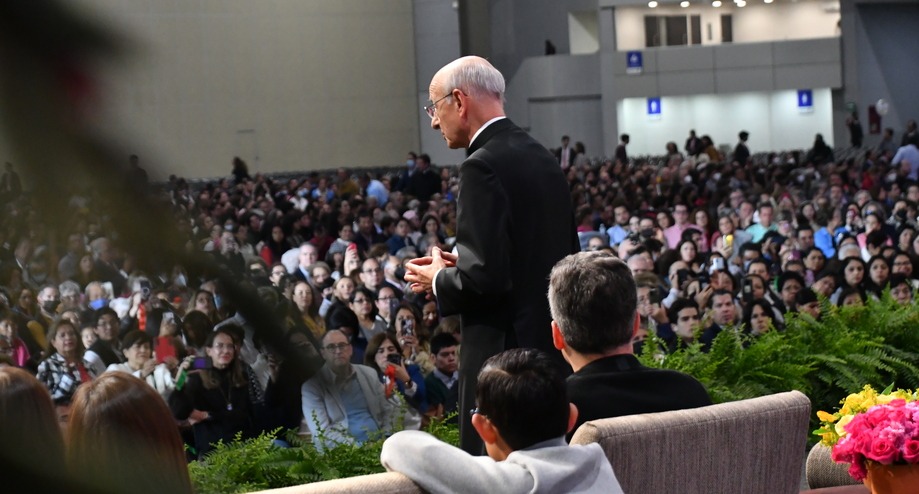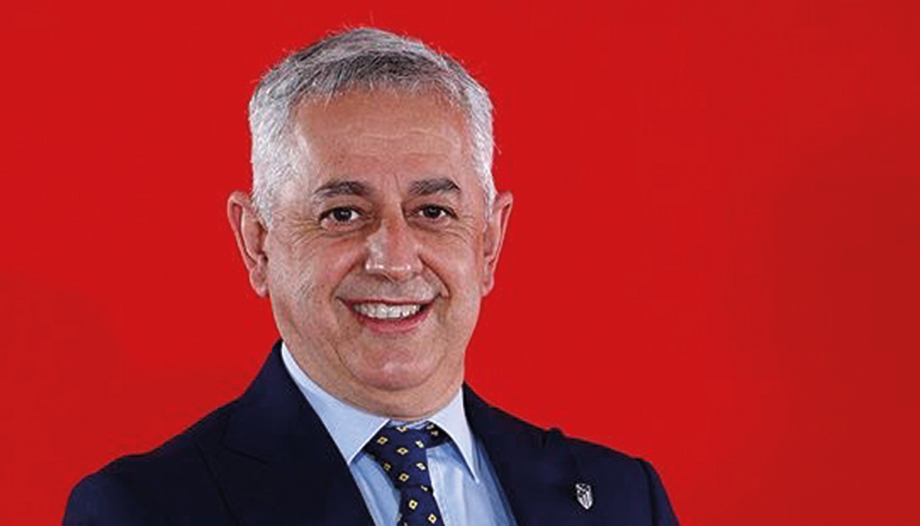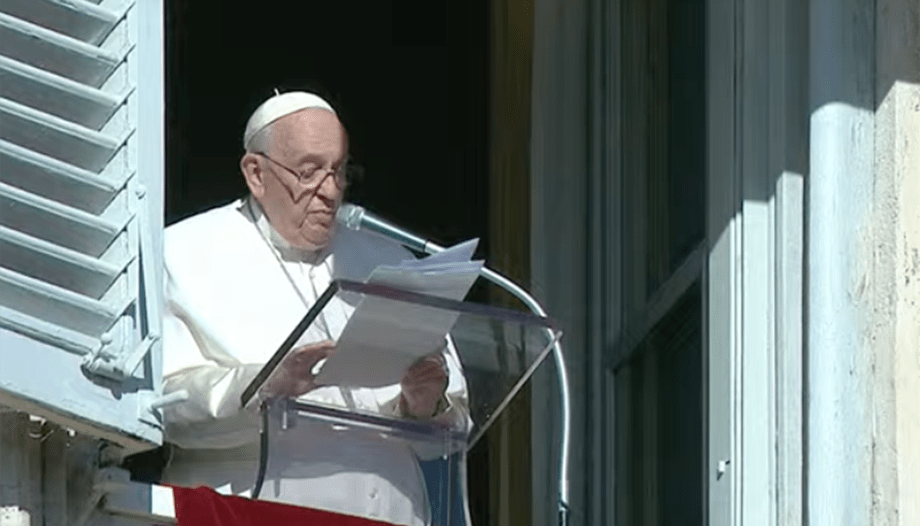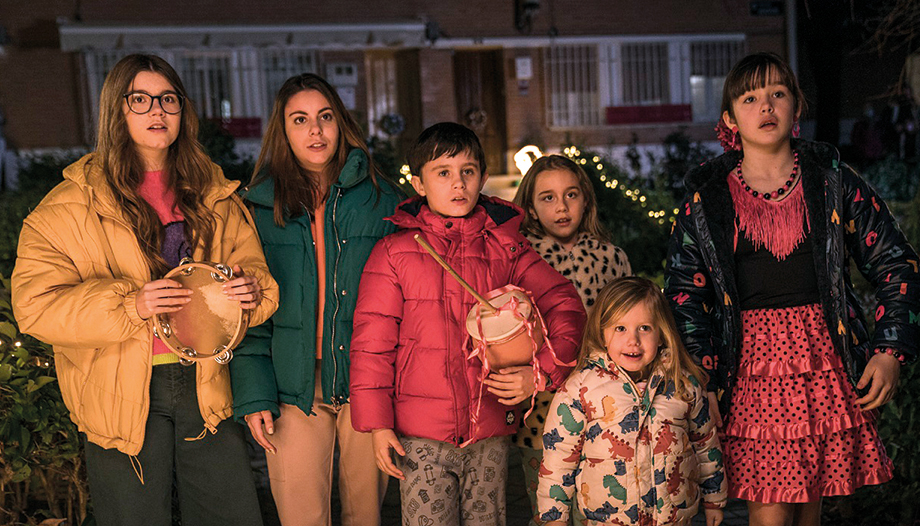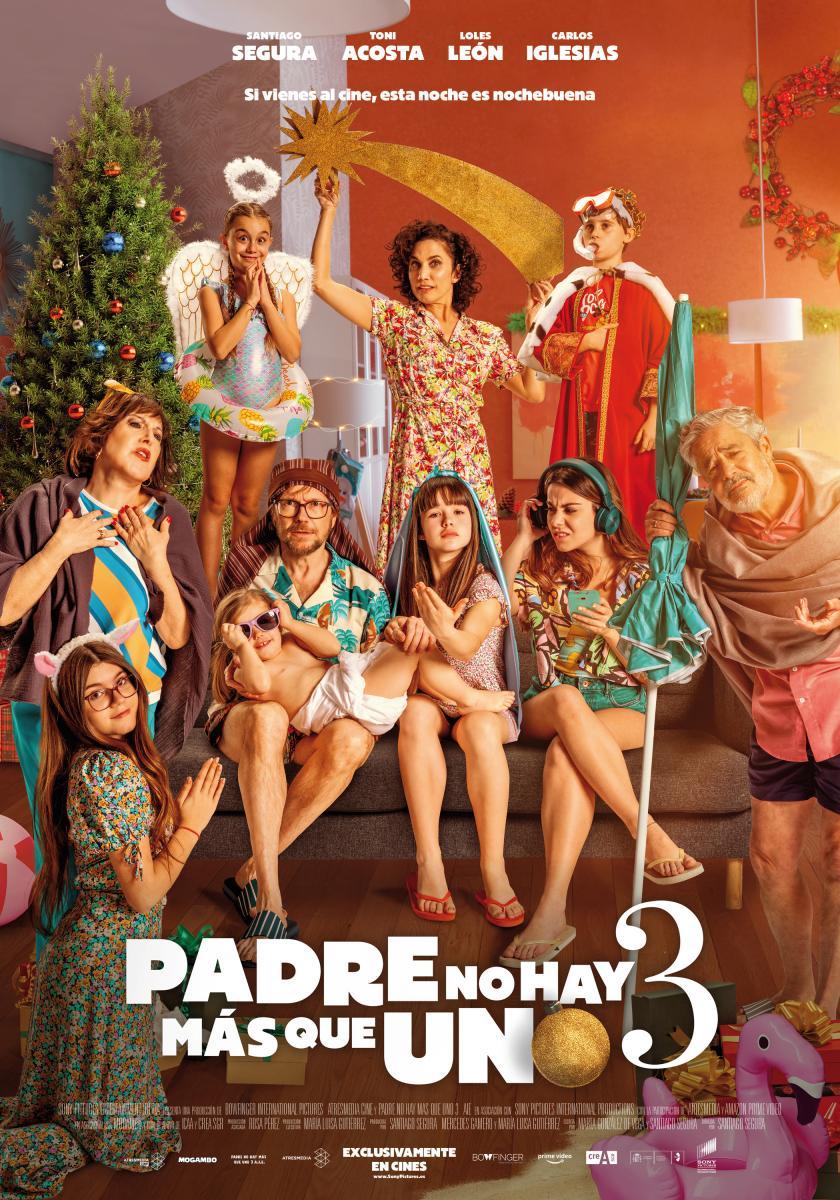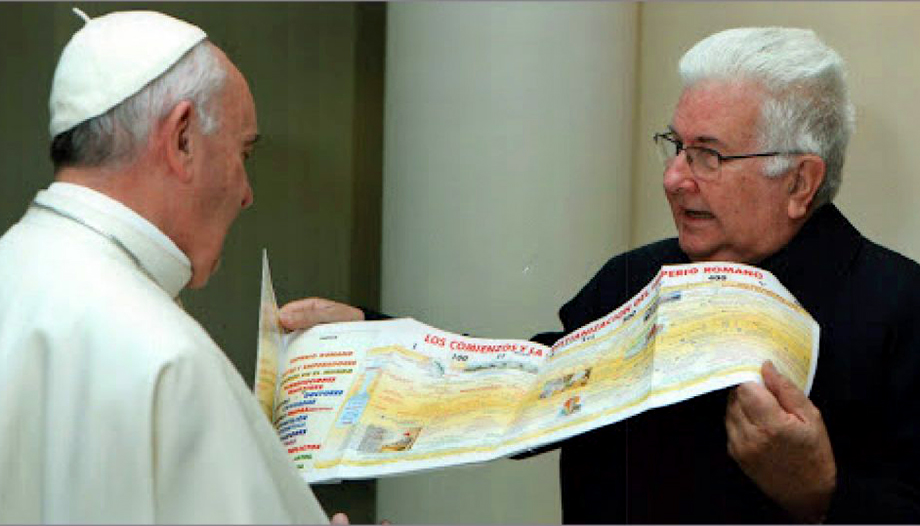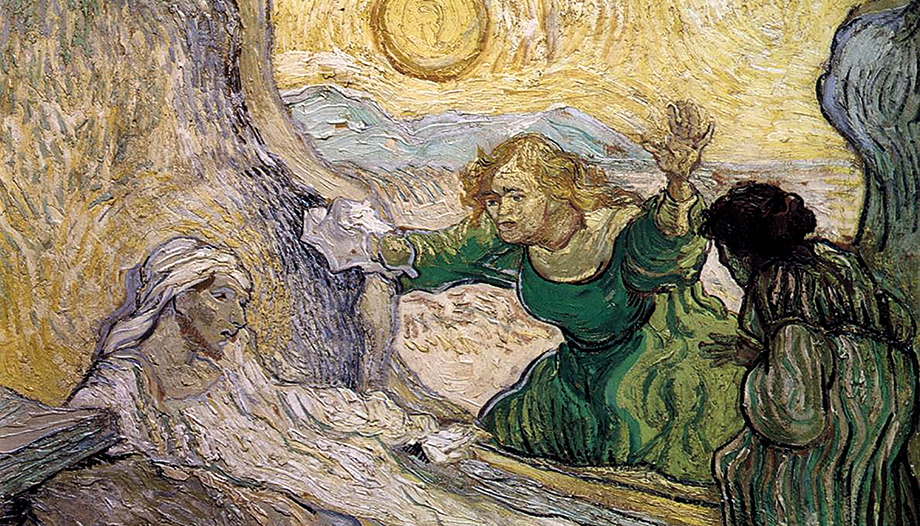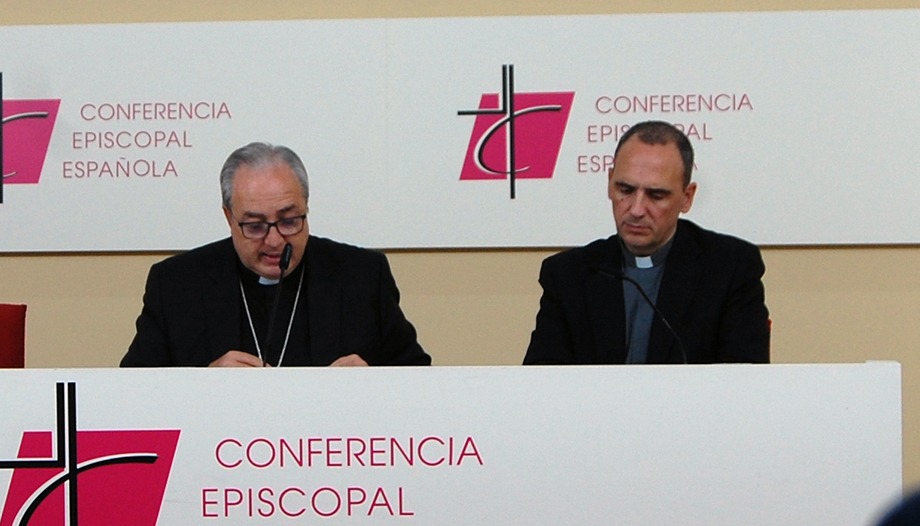The first of these is linked to the celebrations of this month of November; the second, to its apostolic visit to BahrainThe third, to the World Day of the Poor.
Waiting and surprise from Heaven
The Pope's homily at the Mass for cardinals and bishops who have died during the year (2-XI-2022) focused on two words: wait for y surprise.
– Supernatural wait forHe explained, expresses the meaning of the Christian life that goes towards the encounter with God and the redemption of our body, resurrected and renewed (cf. Rem 8:23). There the Lord, as the prophet Isaiah beautifully says, "shall annihilate death forever" and "wipe away tears from all faces." (Es 25, 7). And that, Francis observes, is beautiful. On the other hand, it is ugly when we expect our tears to be wiped away by someone or something that, because it is not God, cannot do it. Or worse, when we do not even have tears. What does this mean?
First of all, we should examine the content of our expectation. Sometimes our desires have nothing to do with Heaven. "Because we run the risk of continually aspiring to things that happen, of confusing desires with needs, of putting the expectations of the world before the expectation of God.". That's like "losing sight of what matters to go after the wind".and it would be "life's biggest mistake". That is why we should ask ourselves: "Am I able to go to the essentials or do I get distracted by so many superfluous things? Do I cultivate hope or do I keep complaining, because I place too much value on so many things that don't count and then will pass away?"
The ability to have tears
The second observation (the ability to have tears) can be seen in relation to compassion and mercy. Francis explains it with the surprise that we find in the Gospel: "In the divine tribunal, the only merit and accusation is mercy towards the poor and the discarded: 'As you did it to one of the least of these my brethren, you did it to me,' Jesus sentences (Mt 25:40). The Most High seems to be in the least of these. He who dwells in the heavens lives among the least of the world - what a surprise!".
And why is this so, one might ask. And one could answer as Francis does: because Jesus was born and lived poor and humble (detached from his divine condition) and gave himself to us gratuitously (without any previous merit on our part). And thus he reveals to us the measure of the value of our life: love, mercy, generosity.
Consequence, now, for us: "Then, to prepare ourselves, we know what to do: to love freely and freely, without expecting anything in return, those who are included in his list of preferences, those who cannot give us anything back, those who do not appeal to us, those who serve the little ones.". When the final judgment comes, we will find ourselves, then, with that "surprise", which we should have known, because we are Christians. Therefore, Francis advises us, "let's not be surprised too". Let us not sweeten the taste of the Gospel for convenience or comfort, let us not water it down, let us not dilute its message and the words of Jesus.
Do we want concrete things?"From simple disciples of the Master we have become masters of complexity, who talk a lot and do little, who seek answers more before the computer than before the Crucifix, on the Internet instead of in the eyes of our brothers and sisters; Christians who comment, debate and expound theories, but do not even know a poor person by name, have not visited a sick person for months, have never fed or clothed someone, have never befriended a homeless person, forgetting that 'the program of the Christian is a heart that sees' (Benedict XVI, Deus caritas esto, 31)".
In short, to the question: And when did we see you..., the answer is: now, every day. This is how the successor of Peter explains it. The most personal response, the one that the Lord expects from each one of us, is not the clarifications and analyses and justifications (which are undoubtedly important and He has and will take into account). The most important thing is in our hands and each one of us is responsible for it.
This is the teaching, which challenges us directly, combining the call to hope with realism: "Today the Lord reminds us that death comes to make truth about life and removes any extenuating circumstance to mercy. Brothers, sisters, we cannot say that we do not know. We cannot confuse the reality of beauty with artificially made-up make-up.".
Ultimately, the measure of our life is none other than love, understood in depth and in truth, as Jesus lives and reveals it: "The Gospel explains how to live the waiting: we go to meet God loving because He is love. And, on the day of our farewell, the surprise will be happy if we now allow ourselves to be surprised by the presence of God, who awaits us among the poor and wounded of the world. Let us not be afraid of that surprise: let us go forward in the things the Gospel tells us, to be judged as righteous at the end. God waits to be caressed not with words, but with deeds.".
Expanding the horizons of fraternity and peace
Francis' apostolic journey to the kingdom of Bahrain (November 3-6) was intended, as the Pope declared when he made his assessment three days after his return (cf. General Audience, November 9, 2010), to broaden the horizons of fraternity and peace in our world. And he asked himself, also that day, why visit a small country with a Muslim majority, if there are many Christian countries... And he answered with three words: dialogue, encounter and path.
Dialogue, because this place - which is advancing in peace, despite being made up of many islands - shows that dialogue is the oxygen of life. And this requires renouncing the selfishness of one's own nation, openness to others, the search for unity (cf. Gaudium et spes82) to move forward, with the guidance of religious and civil leaders, on the major issues that we have raised at the universal level: "the forgetfulness of God, the tragedy of hunger, the protection of creation, peace.". This was the meaning of the forum that the Pope went to close, entitled East and West for human coexistence. Dialogue must foster encounter and reject war. Francis once again referred to the situation in Ukraine, as one among other conflicts that cannot be resolved by war.
There can be no dialogue without meeting. The Pope met with Muslim leaders (the Grand Imam of Al-Azhar), with the youth of Sacred Heart College, with the Muslim Council of Elders, which promotes relations between Islamic communities, in the name of respect, moderation and peace, opposing fundamentalism and violence.
And so this trip is part of a way. The path that St. John Paul II began when he went to Morocco (in August 1985), to help the dialogue between Christian and Muslim believers, which promotes peace. The motto of the trip was: Peace on earth to men of good will. Dialogue, the Pope explains, does not dilute one's own identity, but demands and presupposes it. "If you don't have an identity, you can't have a dialogue, because you don't even understand what you are."Francis encouraged dialogue in Bahrain also among Christians, in his meeting with Christians of various confessions and rites in the Cathedral of Our Lady of Arabia (4-XI-2022).
And we Catholics also need dialogue among ourselves. This was made clear at the Mass celebrated at the national stadium (5-XI-2022) where the Pope spoke to them of "to love always" (also to enemies) and "love everyone". And also at the prayer meeting at Sacred Heart Church in Manama (6-XI-2022), where he spoke to them about joy, unity and "prophecy" (to get involved in the problems of others, to bear witness, to bring the light of the Gospel message, to seek justice and peace).
In his evaluation of the trip, the Pope called once again to "broaden horizons": the horizons of human fraternity and peace. How to do this concretely? Through openness to others, broadening one's own interests, making oneself better known. "If you are dedicated to knowing others, you will never feel threatened. But if you are afraid of others, you yourself will be a threat to them. The path of fraternity and peace, in order to advance, needs each and everyone. I give my hand, but if there is no other hand on the other side, it is useless".
The temple, discernment and the poor
Five years have passed since Francis instituted the World Day of the Poor. On this occasion (cfr. Homily, 13-XI-2022, and Message for this day, published last June 13), the Pope referred to the reality of the temple in Jerusalem, which many admired in its splendor (cf. Lk 21:5-11). That temple, in the Christian perspective, was a prefiguration of the true temple of God, that is, Jesus as Head of the Church (cf. Jn 2:18-21).
It is something that affects us personally. Because this background of the history of salvation and of the Christian faith must be translated into concrete, in the here and now of our life, through discernment. To show this, on this occasion the Pope focused on two exhortations of the Lord: "do not be deceived" and "bear witness".
Discernment so as not to be deceived
Jesus' listeners were worried about when and how the dreadful events he was announcing (including the destruction of the temple) would take place. Neither, Francis advises, should we allow ourselves to be carried away by "the temptation to read the most dramatic events in a superstitious or catastrophic way, as if we were already near the end of the world and it was no longer worthwhile to engage in anything good". Jesus tells us, in the words of the Pope: "Learn to read events with the eyes of faith, confident that being close to God not a hair of your head shall perish." (Lk 21:18).
Moreover, although history is full of dramatic situations, wars and calamities, this is not the end, nor is it a reason to be paralyzed by fear or defeatism of those who think that all is lost and it is useless to make an effort. The Christian does not allow himself to be atrophied by resignation or discouragement. Not even in the most difficult situations, "Because their God is the God of resurrection and hope, who always lifts us up: with Him we can always look up, start again and begin again".
Occasion of testimony and work
And that is why the second exhortation of Jesus after "do not be deceived", is in the positive. He says: "This shall be an occasion for you to bear witness." (v. 13) The Pope dwells on this expression: occasion to bear witness. The occasion means having the opportunity to do something good from the circumstances of life, even if they are not ideal.
"It is a beautiful art, typically Christian: not to be victims of what happens - the Christian is not a victim and victim psychology is bad, it hurts us - but to seize the opportunity that is hidden in everything that happens to us, the good that can be done, that little good that can be done, and to build even from negative situations.".
Typical of Francis is the affirmation, which he repeats here, that every crisis is a possibility and offers opportunities for growth (it is open to God and others). And that the evil spirit tries to transform the crisis into conflict (something closed, without horizon and with no way out). In fact, when we examine or "reread" our personal history, we realize that we have often taken the most important steps in certain crises or trials, where we were not in full control of the situation.
Therefore, in the face of the crises and conflicts we witness - related to violence, climate change, pandemics, unemployment, forced migrations, misery, etc. - every day, we cannot waste or squander money, waste our lives, without taking courage and moving forward.
"On the contrary, let us bear witness." (Here we can see a call to works of mercy, to a job well done, in a spirit of service, to the search for justice in our relationships with others, to the improvement of our society). "We must always repeat this to ourselves, especially in the most painful moments: God is Father and He is at my side, He knows me and loves me, He watches over me, He does not fall asleep, He takes care of me and with Him not a hair of my head will be lost."
But that is not the end of the matter (because faith is lived in works): "And how do I respond to this [...] Seeing all that, what do I, as a Christian, feel I should do at this point?". Francis alludes to an old Christian tradition, also present in the villages of Italy: at Christmas dinner, leave an empty place for the Lord who may knock at the door in the person of a poor person in need. But, he observes, will my heart have a free place for those people, or will I be too busy with friends, events and social obligations?
"We can't stay." -concludes- "like those of whom the Gospel speaks, admiring the beautiful stones of the temple, without recognizing the true temple of God, the human being, the man and the woman, especially the poor, in whose face, in whose history, in whose wounds Jesus is. He said it. Let us never forget it"..
 Pope Francis on the examination of conscience
Pope Francis on the examination of conscience Pope Francis: "Consolation makes us bold".
Pope Francis: "Consolation makes us bold". Pope Francis: "You see God in desolation".
Pope Francis: "You see God in desolation".




